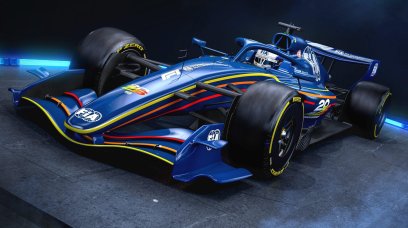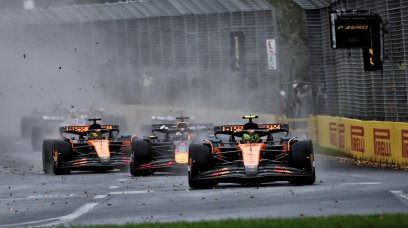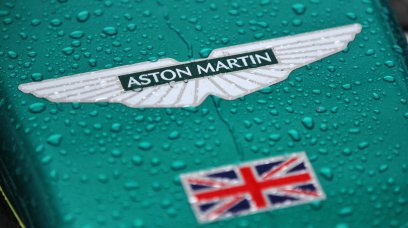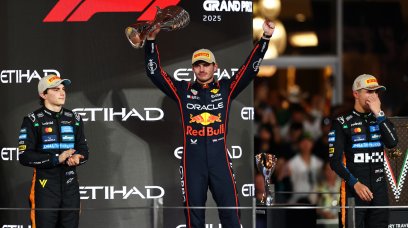Ferrari's aspirations for the latter half of the 2023 F1 World Championship centre around reclaiming positions within the Constructors' rankings. More importantly, the team is aiming to consistently outperform Mercedes and Aston Martin. This objective was emphasised by Team Principal Frederic Vasseur and further reiterated by Head of Chassis Enrico Cardile in Zandvoort. Both stressed that next year's 676 will differ significantly from this year's underperforming SF-23. Thus, any upcoming developments will exclusively target the 2024 car, whose dynamic and aerodynamic concepts will significantly diverge from those of the SF-23.
Drawing inspiration from Red Bull
The 676 project is expected to incorporate numerous elements reminiscent of Red Bull's all-conquering RB19, as speculation has suggested. However, early rumours allow us to discern the primary areas of differentiation from the SF-23. These distinctions arise not only from identified weaknesses, but also from constraints that hindered the SF-23's development. Its inconsistent performance stemmed from disjointed vehicle dynamics and aerodynamics. Regarding suspension, the SF-23 was limited by the mixture of a pull-rod configuration at the rear and push-rod at the front, and the inadequacy of the car's front anti-dive and rear anti-squat characteristics. Highly accentuated in the RB19, these traits provided robust control over longitudinal load transfers and shock absorption. However, the intricate design of the SF-23's floor restricted their full efficacy, resulting in persistent porpoising. Reliable sources suggest that the Ferrari 676 will feature a completely revamped transmission, impacting the rear overhang, suspension pickup points, and the arrangement of torsion bars and shock absorbers. These components are slated to be positioned in the upper section, indicating a shift towards a push-rod configuration, in contrast to the current pull-rod setup. The redesign of the rear overhang, apart from affecting weight distribution, reinforces this conjecture and hints at a comprehensive alteration of the diffuser profile.
Changes to suspension and sidepods
Opting for a rear push-rod design enhances the redirection of airflow towards the rear axle's central section, curtailing aerodynamic effects like tyre squirt – the squashing of the air flow between the wheels and the vertical screens of the diffuser. This alteration also facilitates increased anti-dive attributes, enabled by lower shock absorber and torsion bar placements. Conversely, the front suspension layout is expected to be a pull-rod design, primarily justified by increased anti-dive and minimal interference with the front wing's airflow (see below picture). The sidepods will prominently feature a continuous, sloping upper profile. The upper part of the sidepods will lack ducts, replacing oblong inlets with distinct, Red Bull-inspired slits. This alteration aims to decrease resistance to forward movement while ensuring proper airflow for the power unit's heat exchange requirements. The lower profile of the sidepods, marked by a deep channel, serves a dual aerodynamic purpose, enhancing airflow towards the rear axle and concurrently reducing the car's front section. The 676's floor introduces significant discontinuities in its lower profile, building upon the latest evolutions to the SF-23 which will be debuted at the Italian GP. While generating substantial downforce remains the key goal, the floor's design also focuses on eradicating porpoising through the adoption of minimal ride heights.
A comparison between the SF-23 and the Project 676
To sum up, there are six key areas where the 2023 and 2024 Ferraris will differ (see below picture). The rear suspension will adopt a push-rod configuration, coupled with an entirely novel transmission. The sidepods will exhibit a continuous, sloping upper profile, devoid of residual ducts as seen on the SF-23. The inlet design will shift from oblong shapes to rectangular slots with reduced width and minimal vertical sections. The front suspension will feature pronounced anti-dive characteristics and embrace a pull-rod layout similar to the Red Bull RB19, diverging from the prevailing push-rod setup. Evident differences in the lower profile of the sidepods, characterized by a wide and deep lower channel, aim to enhance the quality and flow rate of rear-directed airflow. The 676's floor design will introduce substantial discontinuities in its profile, strategically positioned in the Venturi channels to counteract porpoising tendencies.
Most read








